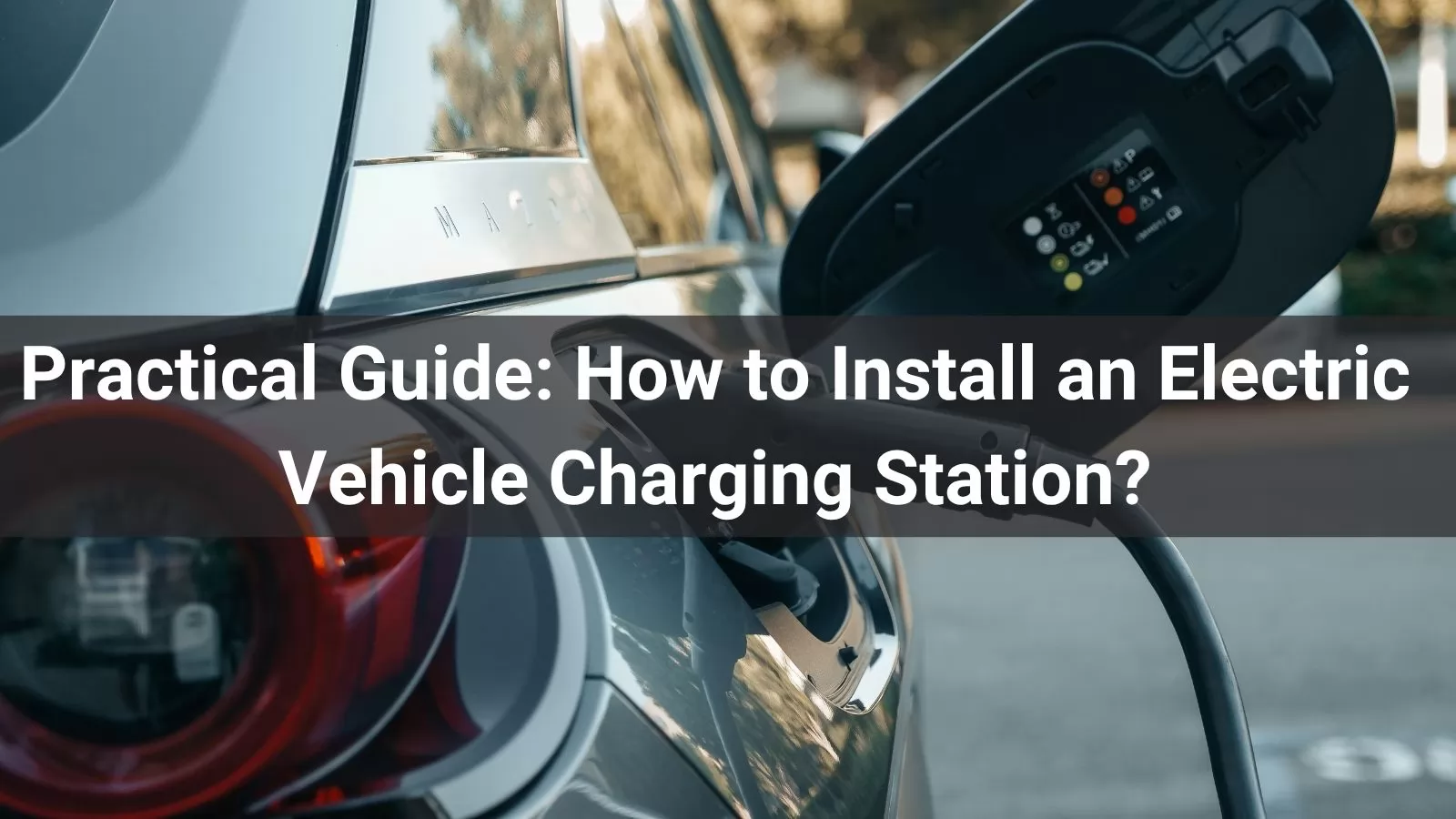
A Professional Guide to Installing Electric Vehicle Charging Stations
Electric vehicles (EVs) are reshaping transportation, sustainability, and infrastructure. With EV adoption surging, installing charging stations at home or in commercial settings is increasingly vital. This guide provides practical and professional insights for installing EV charging stations.
Why Install an Electric Vehicle Charging Station?
EV charging stations offer compelling benefits for homeowners and businesses:
-
Financial Incentives: Tax credits, rebates, grants, and low-interest loans from federal, state, and local governments can offset costs.
-
Revenue Generation: Businesses like parking facilities or hospitality venues can generate income by attracting EV drivers.
-
Amenity Value: Chargers enhance property appeal for residents, employees, or guests.
-
Increased Dwell Time: Retail and hospitality settings benefit from longer customer visits, boosting spending.
-
Environmental Stewardship: Charging infrastructure reduces fossil fuel reliance and greenhouse gas emissions.
Installing a charging station delivers economic, environmental, and branding advantages, preparing you for the future of mobility.
Types of Electric Vehicle Charging Stations
Understanding charger types is key to selecting the right solution:
-
AC Portable Chargers (Residential Use)
-
Basic chargers included with EVs, plugging into a 120-volt outlet.
-
Charge rate: 3–5 miles per hour.
-
Best for overnight charging or low daily usage.
-
Cost-effective but slow.
-
AC/DC Wallbox Chargers (Public and Advanced Residential Use)
-
Operate on a 240-volt circuit (30 amps or higher).
-
Charge rate: 25–40 miles per hour.
-
Ideal for homes and commercial settings, balancing speed and affordability.
-
Requires professional installation.
-
DC Fast Charging (Superchargers for Commercial Use)
-
Known as DCFC, delivering up to 100 miles in 20–30 minutes.
-
High power demands make them suitable for commercial or industrial use (e.g., Tesla Superchargers, Electrify America).
-
Requires significant infrastructure investment.
Installation Guide: From Simple to Specialized
-
AC Portable Chargers Installation: Plug-and-Play Simplicity
-
No formal installation needed; plug into a standard 120-volt outlet.
-
Ensure the outlet is on a dedicated circuit to prevent overloading.
-
AC/DC Wallbox Chargers Installation: Professional Execution Required
-
Requires:
-
A 240V power source.
-
A dedicated circuit with a double-pole breaker.
-
Proper gauge wiring (typically 4-strand copper).
-
Weatherproof housing for outdoor installations.
-
Hire a licensed electrician with EV experience.
-
Verify electrical panel capacity to handle the load.
-
DC Fast Charging Installation: Industrial Infrastructure and Planning
-
Requires:
-
Industrial-grade power supply (often 480V).
-
Electrical grid assessments.
-
Local authority permits.
-
Utility provider coordination.
-
Civil engineering and construction.
-
Suited for Charge Point Operators (CPOs), fleet managers, or commercial developers.
-
Conduct a feasibility study and ROI analysis before proceeding.
Ideal Locations for EV Charging Stations
Strategic placement maximizes utility and ROI. Consider high-traffic or high-dwell-time locations:
-
Office complexes and business parks.
-
Retail centers and shopping malls.
-
Multi-family residential buildings.
-
Airports and hotels.
-
Sports arenas and event venues.
-
Municipal parking lots and transit hubs.
Prioritize visibility, accessibility, and safety, with clear signage and wayfinding in larger facilities.
Selecting the Right Electrician for Installation
Choose an electrician or installation company with:
-
EV Expertise: A licensed professional experienced with EV chargers and multiple brands.
-
Knowledge of Local Codes and Incentives: Familiarity with zoning, permitting, utility regulations, and available rebates.
-
Product Certification and Warranty Support: Use UL-listed equipment and provide maintenance support.
-
Reputation and References: Verify reliability through reviews, testimonials, and third-party evaluations.
Focus on value and long-term performance, not just the lowest bid.
Conclusion: Charging Into the Future
Installing an EV charging station requires careful planning but offers significant rewards. AC portable chargers suit basic needs, while AC/DC wallbox and DC fast chargers provide faster, more robust solutions. As EVs become mainstream, charging infrastructure will shape property values, consumer behavior, and environmental outcomes. By investing now, you position yourself or your business as a leader in sustainable mobility.








